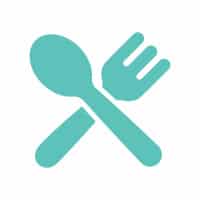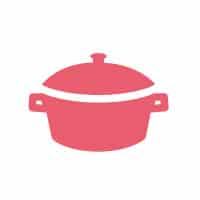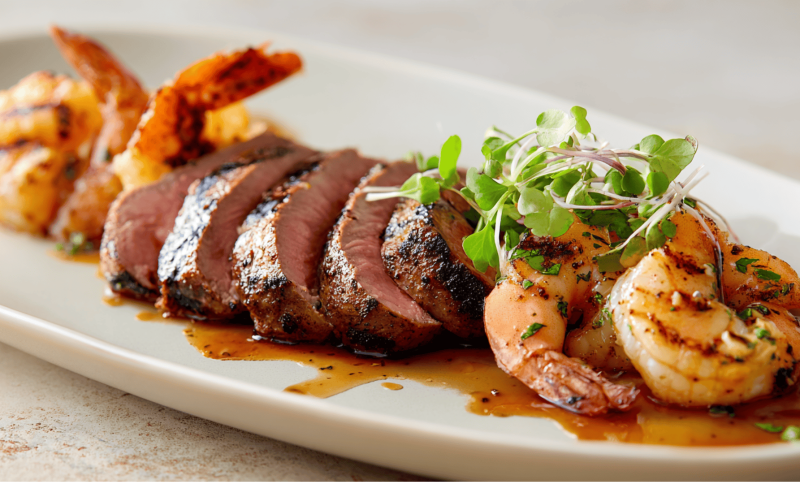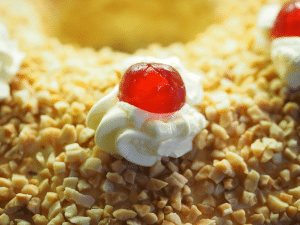Low-calorie foods are those that provide fewer calories per serving while delivering essential nutrients your body needs.
The secret to successful weight management lies in combining lean proteins like low-calorie meats with high-volume produce that fills you up without filling you out.
This balanced approach gives you the protein for muscle maintenance, fiber for digestion, and hydration for overall health.
Smart food choices help you feel satisfied while staying within your calorie goals, making sustainable weight loss achievable without constant hunger.
High vs. Low Volume Foods
Understanding food volume versus calorie density changes how you approach meal planning and portion control.
High-volume, low-calorie foods give you the most bang for your calorie buck. Think cucumbers, leafy greens, watermelon, and berries.
These foods contain lots of water and fiber, which means you can eat larger portions while consuming fewer calories. They help stretch your stomach and trigger fullness signals to your brain.
Low-volume, high-calorie foods pack many calories into small portions. Nuts, cheese, oils, and dried fruits fall into this category.
While they’re not “bad” foods, they can quickly add up if you’re watching calories. A small handful of nuts contains the same calories as several cups of vegetables.
Here’s a striking example: 100 calories of spinach fills about 10 cups, while 100 calories of cheese is roughly one ounce: about the size of your thumb.
Both have nutritional value, but spinach will keep you full much longer.
Lowest Calorie Meat Options
While higher in calories than poultry or seafood, lean red meats still fit into low-calorie eating plans. These options provide iron, zinc, and B vitamins alongside quality protein.
1. Sirloin Steak (Trimmed)
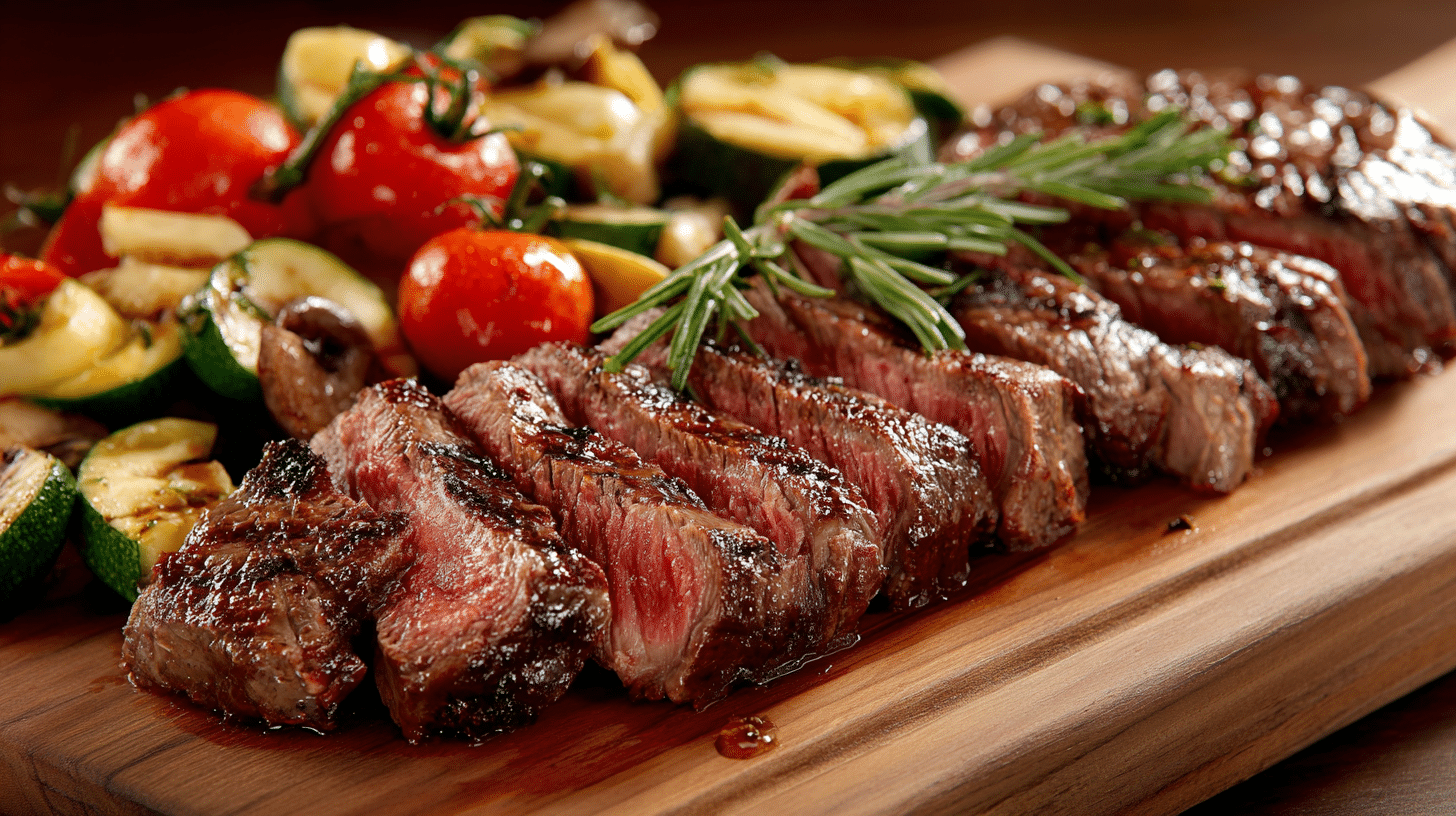
| 158 calories, 26g protein per 100g |
A flavorful cut that becomes tender when not overcooked. Trimming visible fat before cooking significantly reduces calories.
Works as a satisfying centerpiece that pairs beautifully with roasted vegetables.
Best cooking methods: Grill, broil, or pan-sear to medium-rare. Use a meat thermometer and let it rest before slicing. Marinate in acidic ingredients to enhance tenderness.
2. Eye of Round Beef
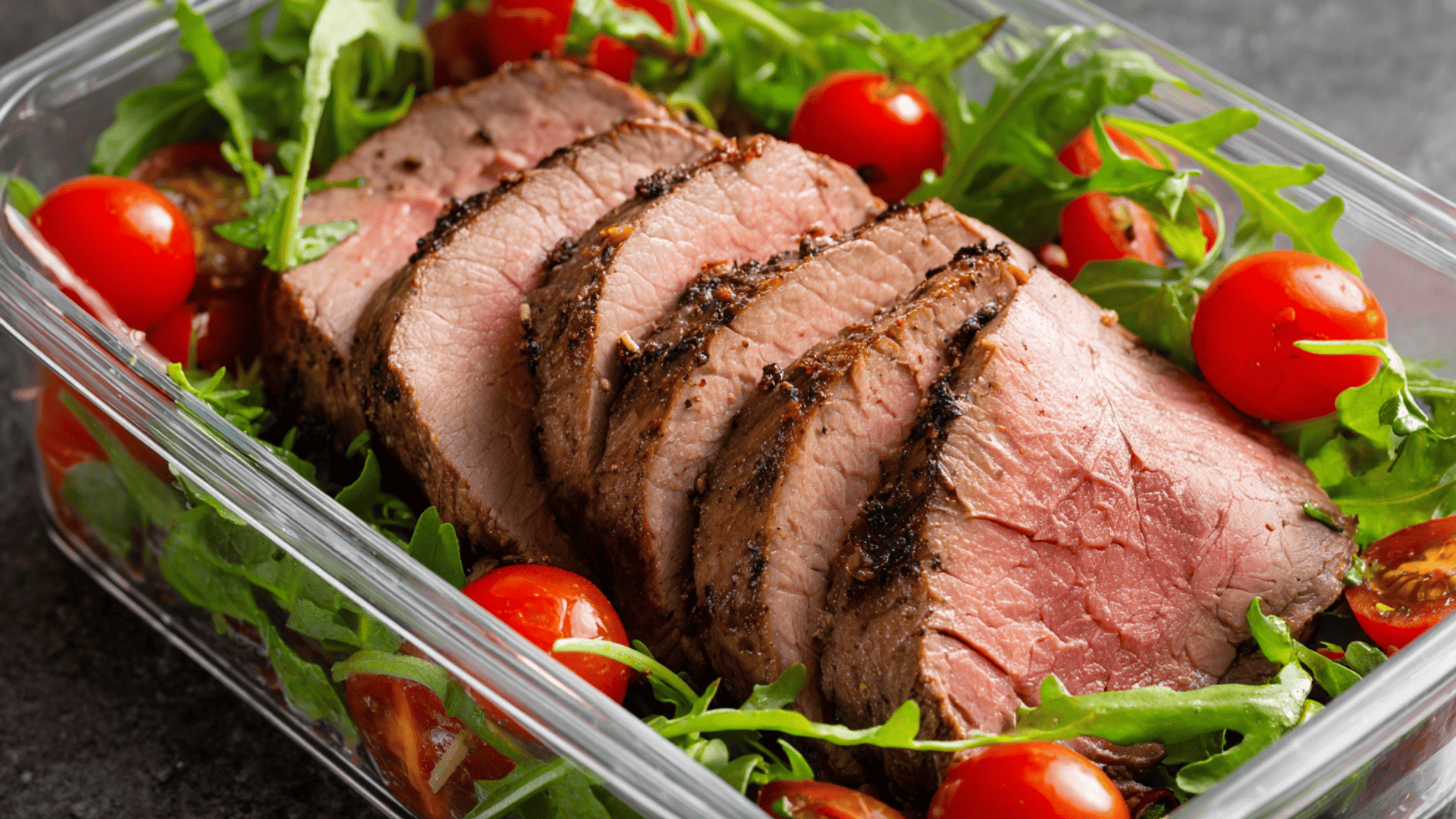
| 144 calories, 24g protein per 100g |
One of the leanest beef cuts available, though it requires careful cooking to avoid toughness. Excellent for meal prep when sliced thin.
Perfect for slicing thin and adding protein to wraps, salads, or grain bowls.
Best cooking methods: Roast low and slow, or slice thin and stir-fry quickly. Works well in marinades and benefits from longer cooking times at lower temperatures.
3. Venison
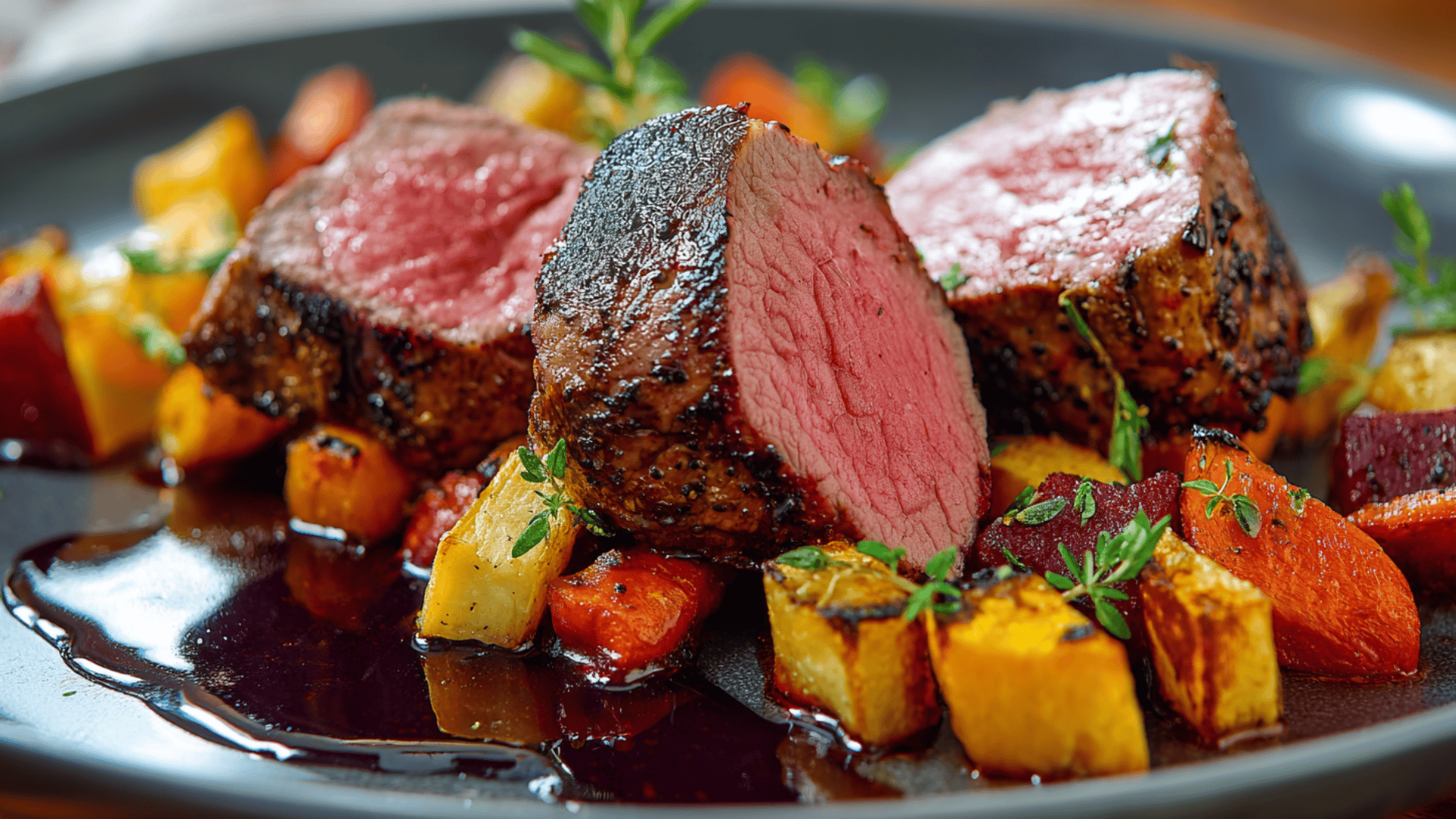
| 134 calories, 26g protein per 100g |
Wild game meat is naturally lean and provides a unique flavor profile. It’s also free from antibiotics and hormones found in some commercial meats.
Best suited for special occasions when you want bold, distinctive flavors on the plate.
Best cooking methods: Grill, roast, or pan-sear, but never overcook. Venison is best served medium-rare to medium. Pair with bold flavors like juniper or red wine reductions.
4. Bison
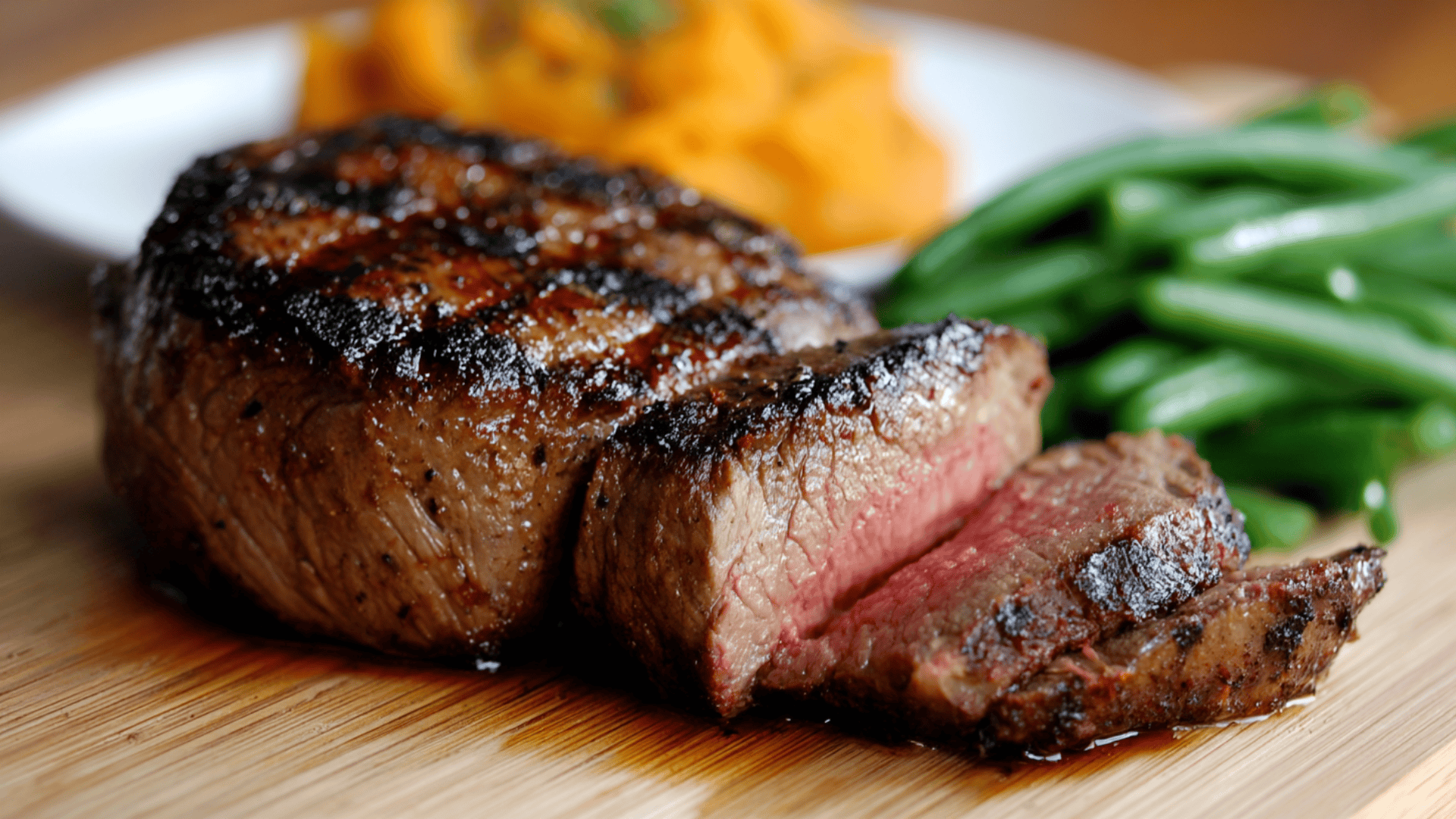
| 143 calories, 28g protein per 100g |
Similar to beef but leaner and slightly sweeter. Bison is grass-fed and provides excellent nutritional density.
It functions as a healthier red meat substitute without sacrificing taste or texture.
Best cooking methods: Treat like lean beef, but reduce cooking time. Grill, broil, or roast to medium-rare. Season simply to appreciate its natural flavor.
Low-Calorie Poultry Options
Poultry delivers excellent protein with minimal calories, making it a staple for weight management. These lean options range from 135-165 calories per 100 grams while providing complete amino acid profiles.
5. Chicken Breast (Skinless)
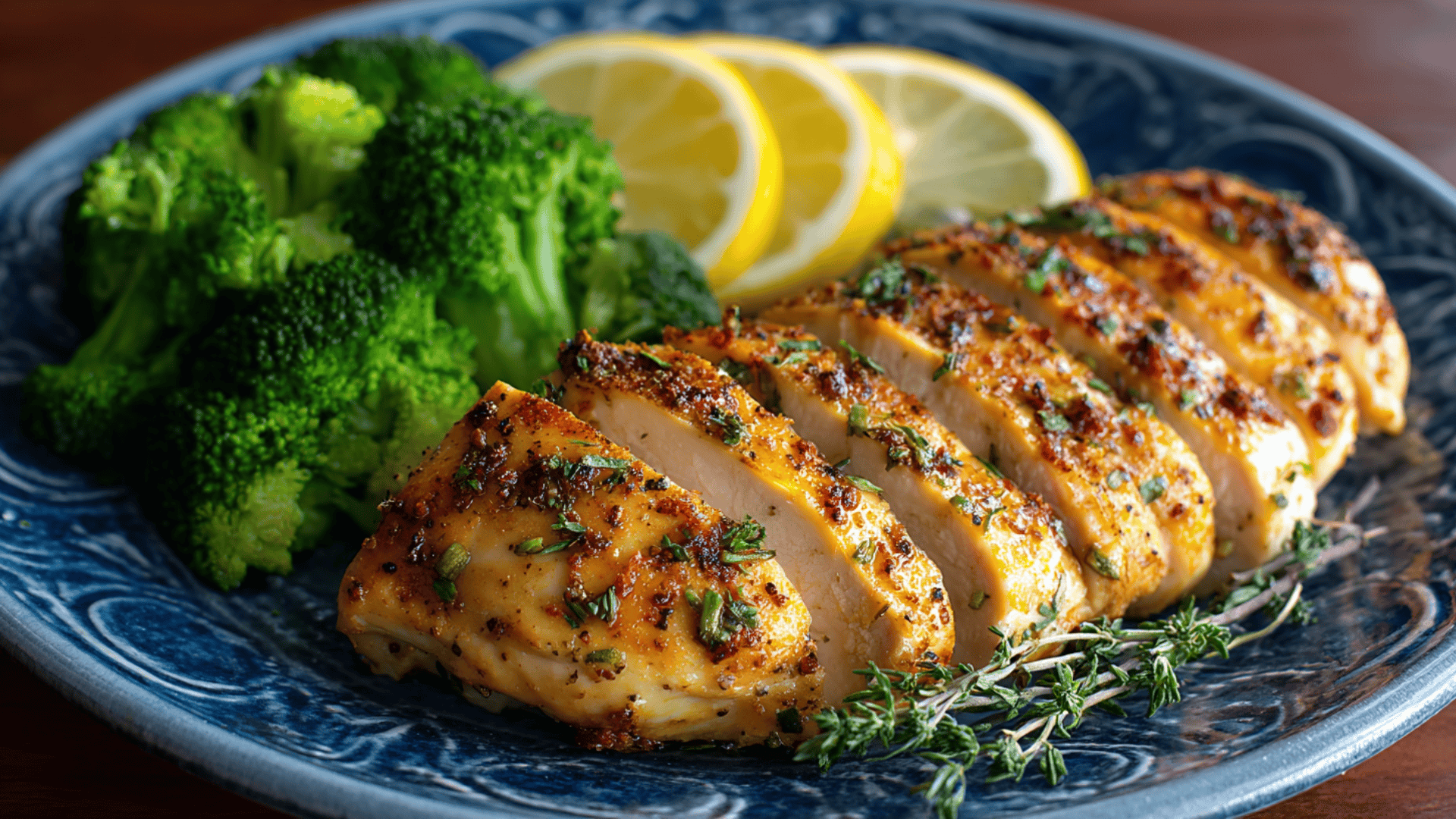
| 165 calories, 31g protein per 100g |
The most popular choice for dieters and fitness enthusiasts worldwide. Perfect as the main protein centerpiece that anchors any balanced plate.
The gold standard of lean protein, chicken breast, offers the highest protein content among poultry options. Its mild flavor makes it suitable for various cuisines and cooking methods.
Best cooking methods: Bake at 375°F, grill over medium heat, or air fry. Season with herbs, spices, and citrus instead of heavy sauces. Marinate in vinegar-based dressings to add flavor without calories.
6. Turkey Breast (Skinless)
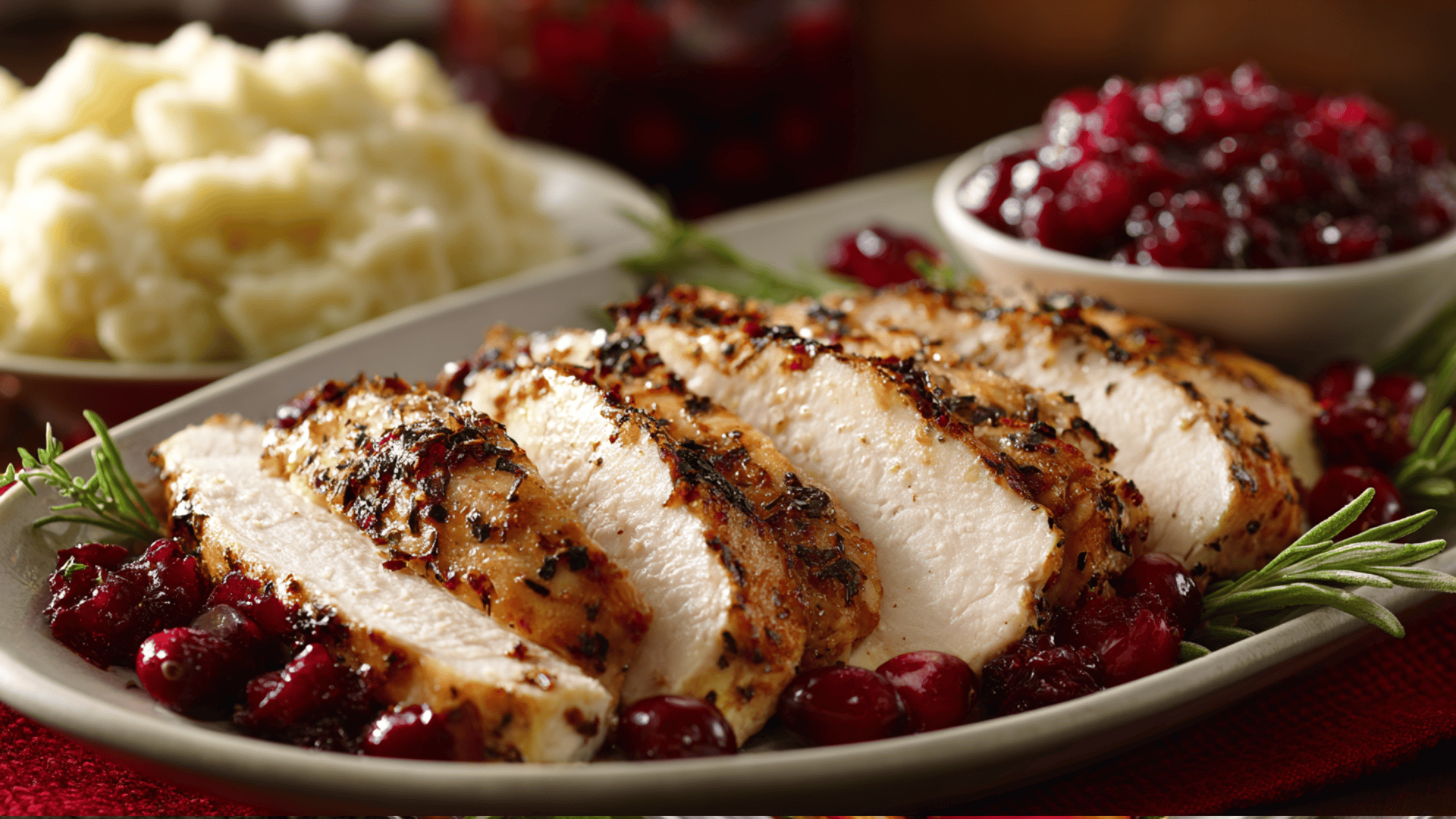
| 135 calories, 30g protein per 100g |
A leaner alternative that delivers exceptional flavor and nutrition. Ideal as a lighter protein that leaves room for more vegetables and complex carbs.
Turkey breast provides slightly fewer calories than chicken while delivering comparable protein. It tends to be more flavorful and stays moist when cooked properly.
Best cooking methods: Roast whole or slice thin for quick cooking. Use a meat thermometer to avoid drying out. Pairs well with sage, rosemary, and cranberry-based seasonings.
7. Chicken Drumstick (Skinless)
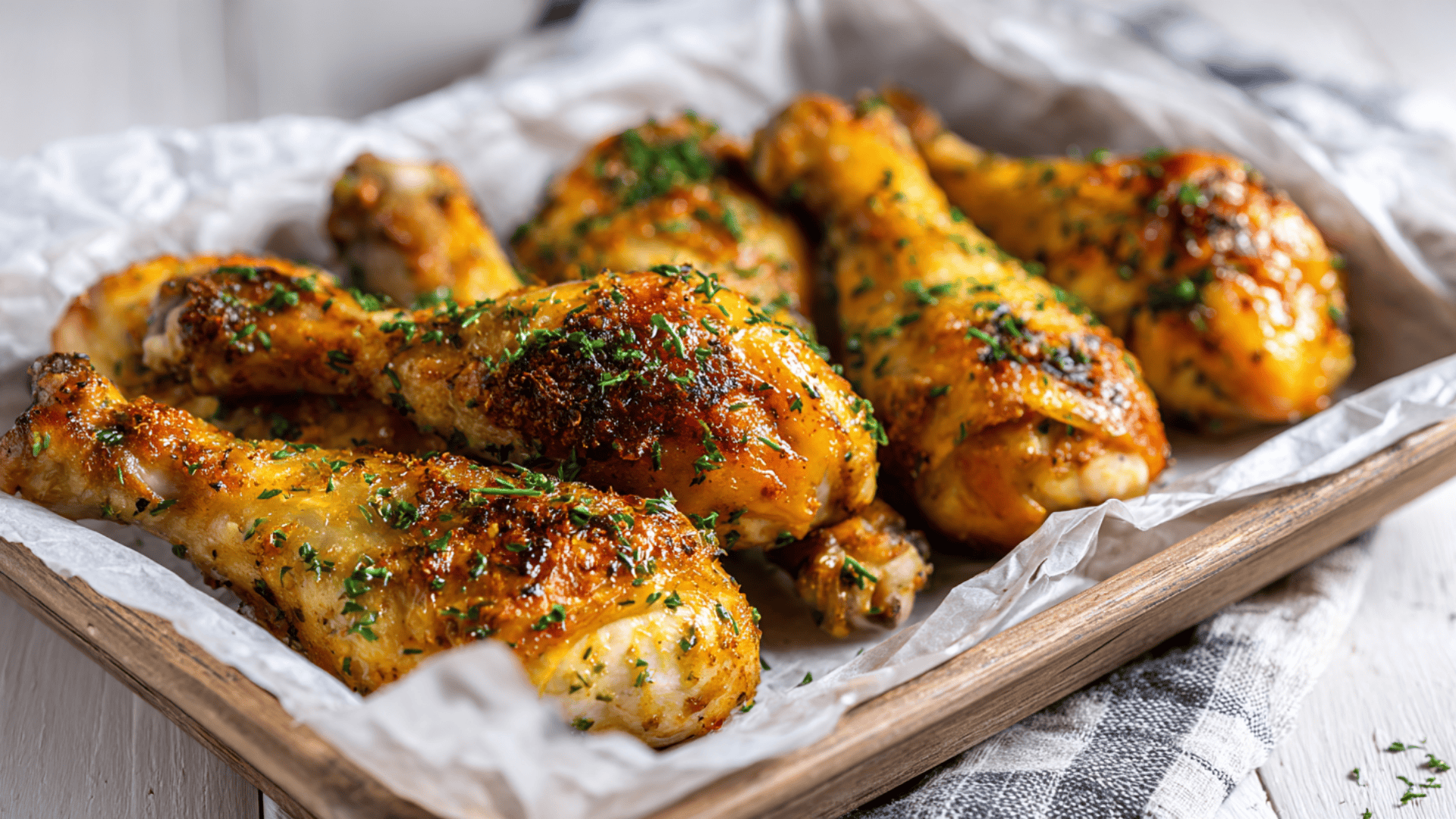
| 149 calories, 26g protein per 100g |
The budget-friendly option that doesn’t compromise on taste or nutrition. Works well as a satisfying protein that helps stretch meals for families.
Drumsticks offer more flavor than breast meat while remaining budget-friendly. Removing the skin significantly reduces calories while maintaining juiciness.
Best cooking methods: Bake, grill, or air fry. Remove skin after cooking if you prefer the flavor it adds during preparation. Season with dry rubs for maximum taste without added calories.
Low-Calorie Seafood Choices
Seafood represents the lowest-calorie protein category, with most options containing 70-100 calories per 100 grams. These choices are also rich in omega-3 fatty acids and minerals.
8. Cod
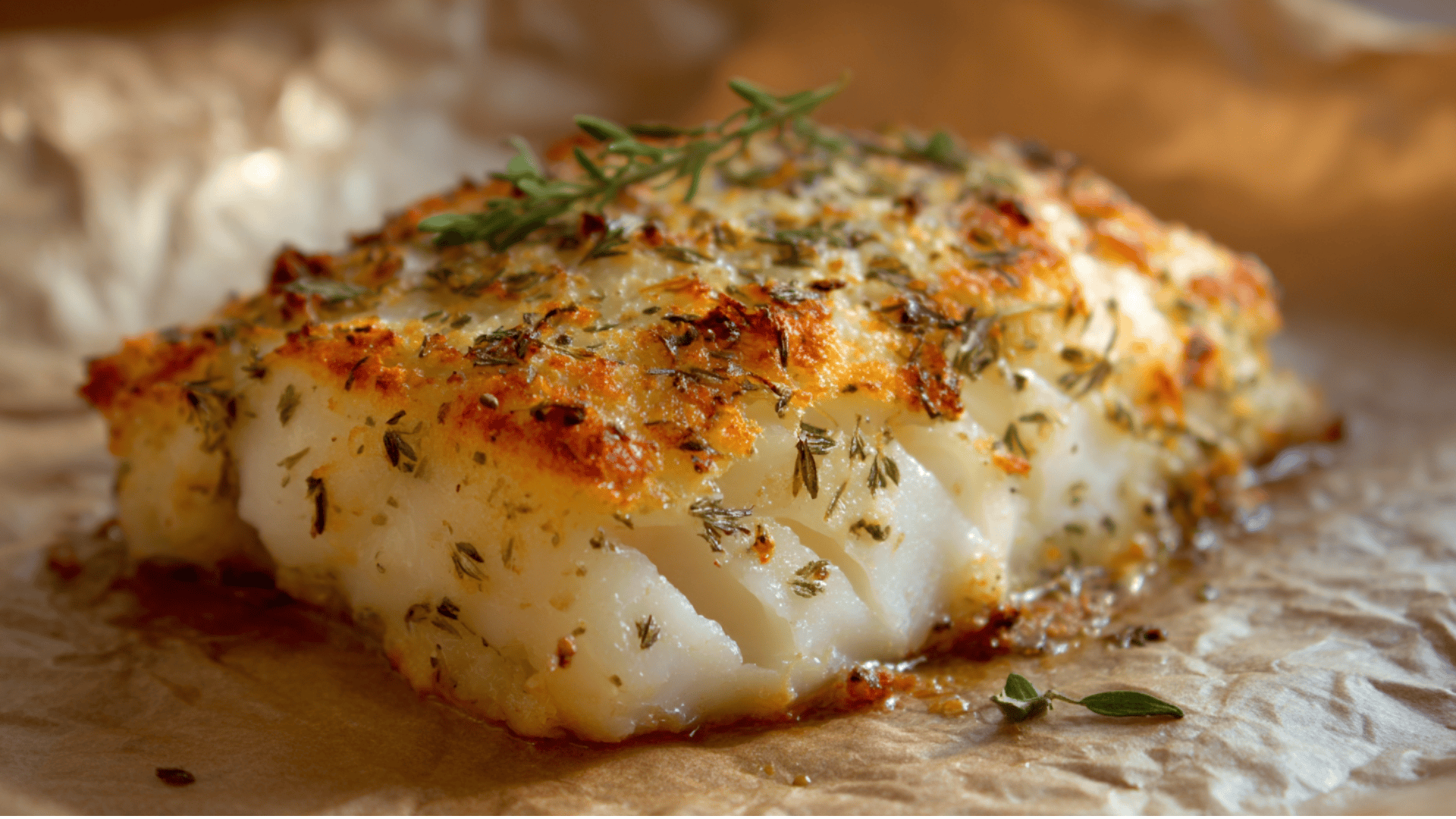
| 82 calories, 18g protein per 100g |
The all-purpose white fish that’s perfect for beginners and experts alike.
This mild white fish fits in most meals and absorbs flavors well. It’s one of the lowest-calorie protein sources available.
Best cooking methods: Steam, poach, or bake in parchment paper with vegetables. Season with lemon, dill, and garlic for classic flavor combinations.
9. Haddock
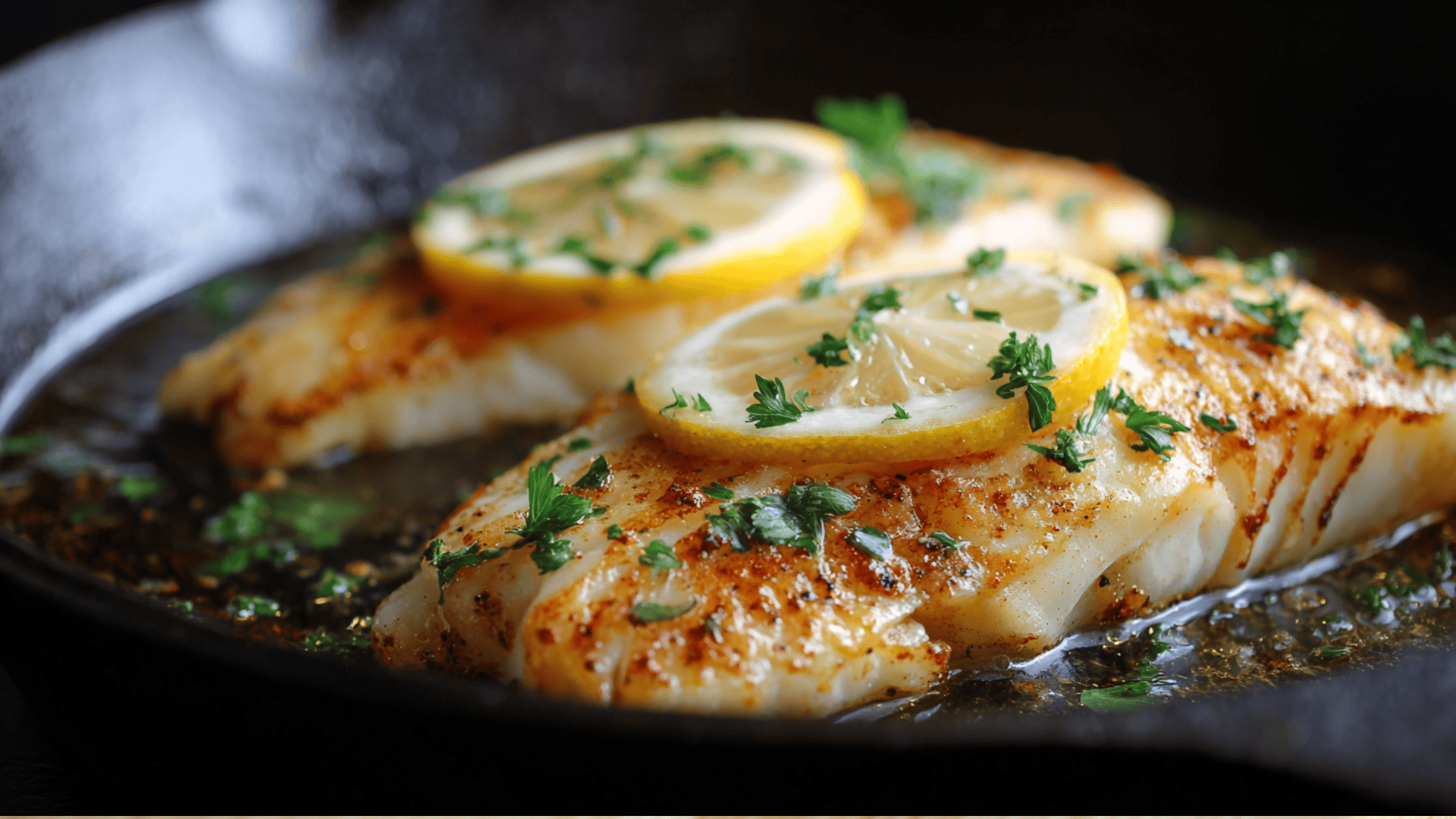
| 87 calories, 20g protein per 100g |
The meaty fish that holds its shape beautifully in hearty dishes and soups.
Similar to cod but with a slightly firmer texture and more pronounced flavor. Excellent for those new to eating fish regularly.
Best cooking methods: Grill, broil, or pan-sear with minimal oil. Pairs beautifully with herbs like parsley and thyme.
10. Shrimp
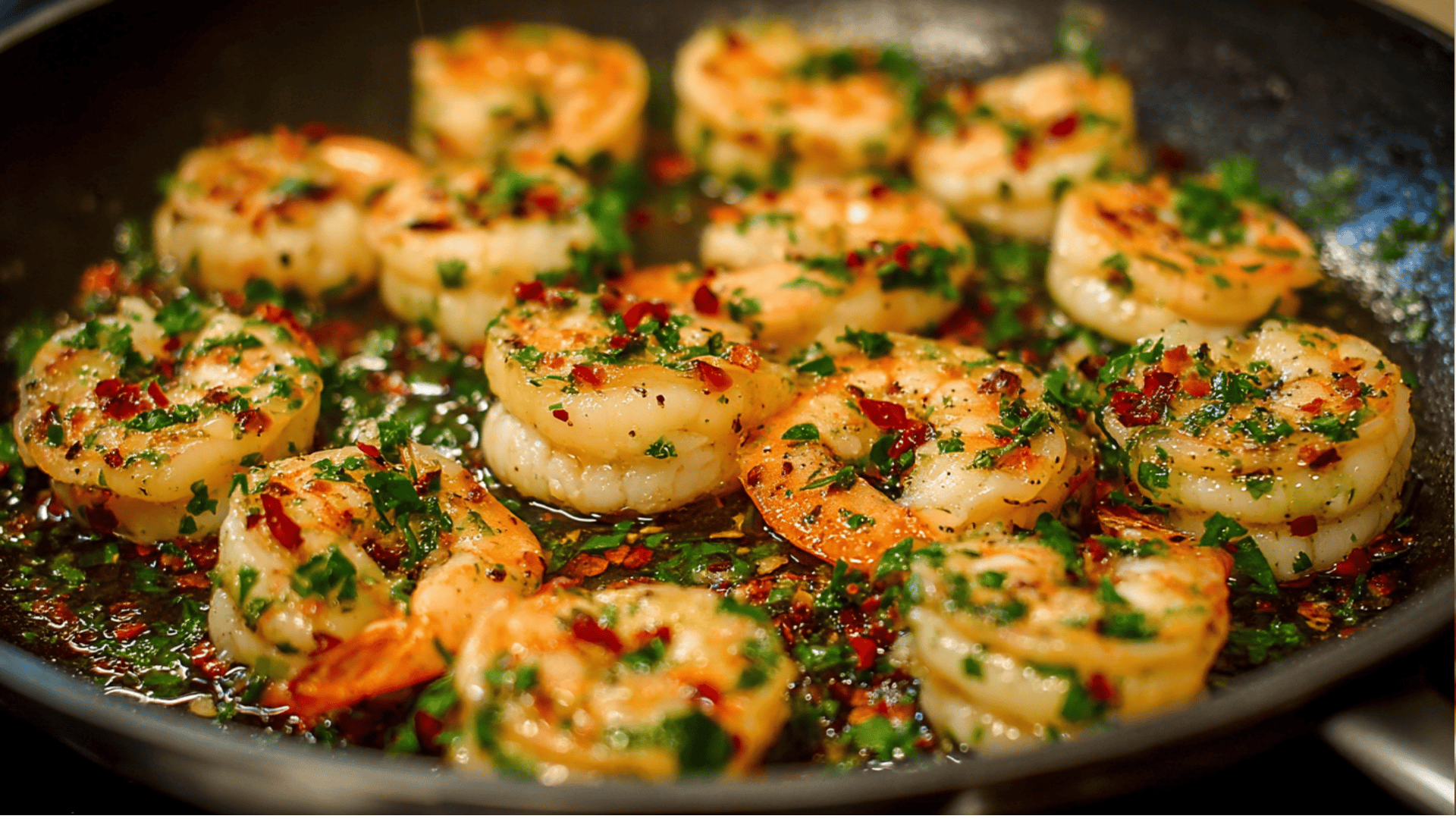
| 85 calories, 20g protein per 100g |
The quick-cooking shellfish make any meal into a feast. Perfect for adding protein to salads, pasta dishes, or serving as a standalone appetizer.
Quick-cooking and naturally sweet, shrimp provide excellent protein in a convenient package. Choose wild-caught when possible for the best flavor.
Best cooking methods: Sauté quickly, grill on skewers, or steam. Avoid breaded preparations. Season with garlic, paprika, and red pepper flakes.
11. Scallops
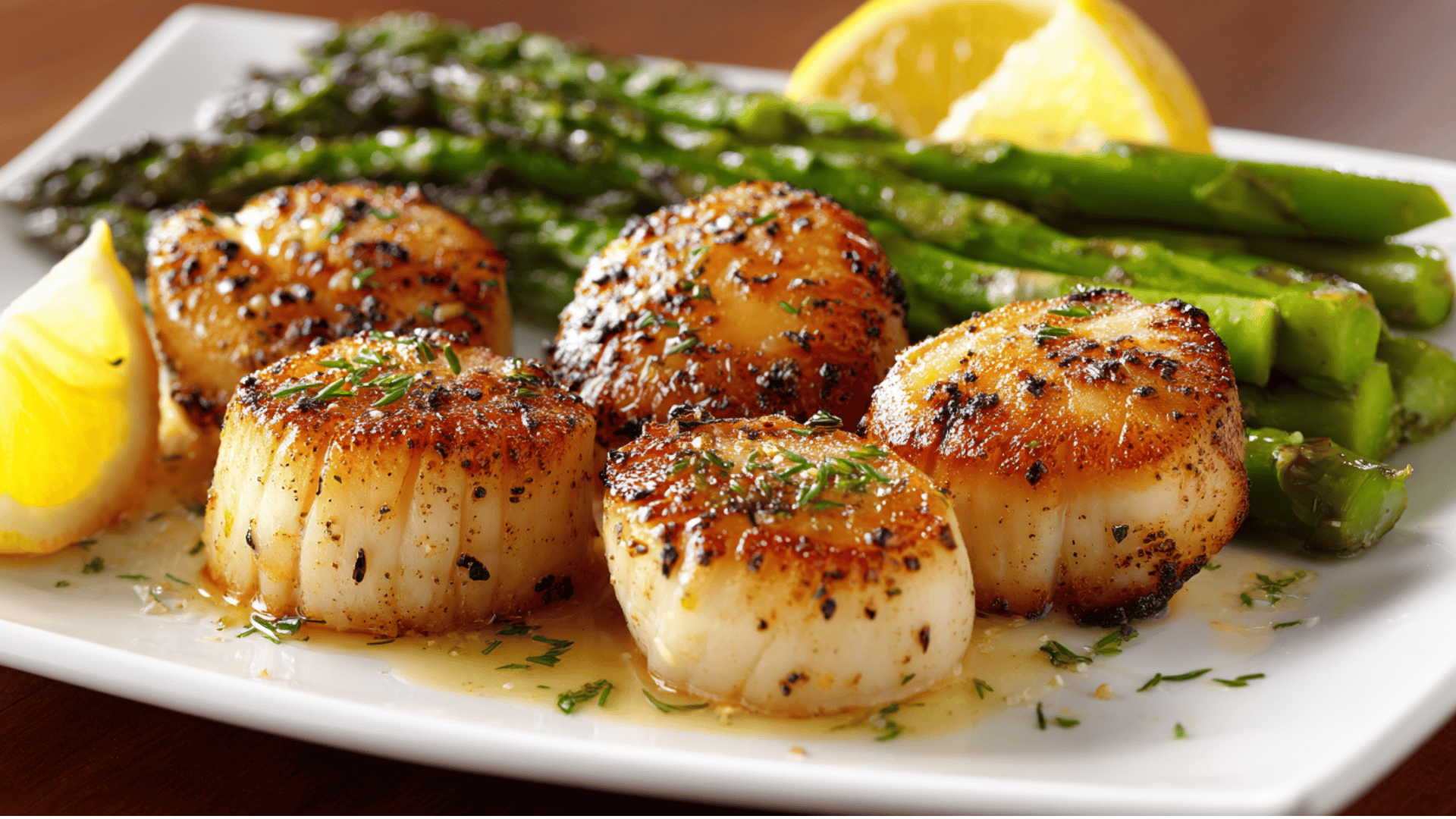
| 88 calories, 17g protein per 100g |
The premium shellfish that brings restaurant quality to your home kitchen. Ideal as a fancy protein source that turns simple vegetable sides into gourmet meals.
These sweet shellfish cook rapidly and provide a restaurant-quality experience at home. Look for dry-packed scallops for the best searing results.
Best cooking methods: Pan-sear in a hot skillet, grill briefly, or broil. Keep seasonings simple to let their natural sweetness shine through.
Meat Comparison Table
| Protein Source | Calories (per 100g) | Protein | Fat | Best Cooking Methods |
|---|---|---|---|---|
| Cod | 82 | 18g | 0.7g | Steam, poach, bake |
| Shrimp | 85 | 20g | 1.1g | Grill, sauté, steam |
| Turkey breast | 135 | 30g | 1g | Roast, grill, slice thin |
| Venison | 134 | 26g | 2.4g | Grill, roast, don’t overcook |
| Bison | 143 | 28g | 2.4g | Grill, broil, medium-rare |
| Chicken breast | 165 | 31g | 3.6g | Bake, grill, air fry |
Low-Calorie Dairy and Eggs
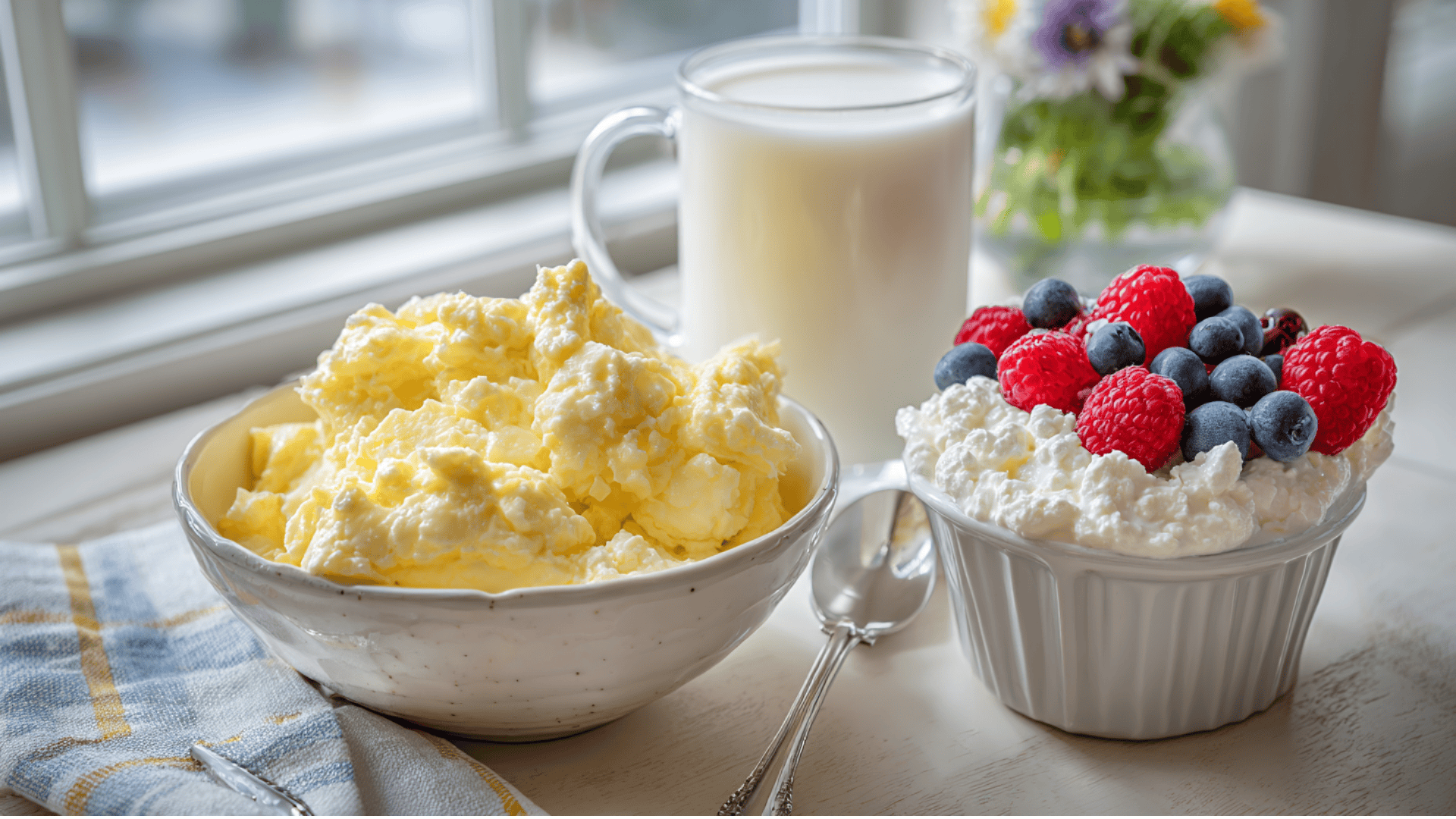
Dairy products and eggs can fit perfectly into low-calorie meal plans when you choose the right versions.
- Egg whites contain just 15 calories each while providing pure, complete protein. They’re perfect for bulking up scrambled eggs or making protein-rich omelets filled with vegetables.
- Greek yogurt (nonfat) delivers 59 calories and 10 grams of protein per 100 grams. It’s thick, creamy texture makes it incredibly satisfying.
- Cottage cheese provides similar benefits with 72 calories and 12 grams of protein per 100 grams.
- Skim milk offers 34 calories per 100 grams along with calcium and vitamin D. Use it in smoothies, coffee, or with high-fiber cereals.
- Cooking tip: Mix Greek yogurt or cottage cheese with herbs, garlic, and spices to create healthy dips and dressings.
High-Volume, Low-Calorie Veggie & Fruit Combinations
Vegetables and fruits should make up the largest portion of your plate when eating for weight management.
Top vegetable choices include zucchini noodles (20 calories per cup), cauliflower rice (25 calories per cup), bell peppers (30 calories per cup), and leafy greens (7 calories per cup). These foods provide volume, fiber, and nutrients while keeping calories minimal.
Best fruit options are water-dense varieties like berries (50-80 calories per cup), melon (50 calories per cup), and oranges (45 calories per medium fruit). They satisfy sweet cravings while providing vitamin C and antioxidants.
Winning combination ideas:
- Cauliflower rice + shrimp stir fry: Use garlic, ginger, and soy sauce for flavor without heavy oils
- Zucchini noodles + grilled chicken: Top with fresh tomatoes and basil for a pasta-like meal
- Berry + Greek yogurt parfait: Layer with a sprinkle of nuts for healthy fats
Beverages and Condiments
Hidden calories in drinks and sauces can sabotage even the most carefully planned low-calorie meals.
Zero and low-calorie beverages should be your go-to choices. Sparkling water with lemon or lime provides a refreshing flavor without calories.
Unsweetened tea offers antioxidants, while black coffee provides energy and may boost metabolism.
Smart condiment choices include mustard (5 calories per teaspoon), hot sauce (1 calorie per teaspoon), vinegar (1 calorie per tablespoon), and fresh salsa (5 calories per tablespoon).
These add tremendous flavor without derailing your calorie goals.
Hidden calorie culprits to watch include coffee creamers (35+ calories per tablespoon), salad dressings (50-100 calories per tablespoon), and specialty coffee drinks (200-500 calories each).
Benefits of High-Volume, Low-Calorie Eating (and Side Effects)
This eating approach offers significant advantages but requires some awareness of potential challenges.
Benefits
- Satiety without calorie overload means you can eat satisfying portions while maintaining a calorie deficit for weight loss.
- High micronutrient density ensures you’re getting vitamins, minerals, and antioxidants your body needs for optimal function. Colorful vegetables and fruits provide thousands of beneficial compounds.
- Sustainable weight management becomes easier when you’re not constantly fighting hunger. This approach teaches you to enjoy food while making smart choices.
Possible Side Effects
- Digestive discomfort can occur if you rapidly increase your fiber intake. Start gradually and drink plenty of water to help your system adjust.
- Risk of under-consuming healthy fats exists if you become too restrictive. Include small amounts of nuts, avocado, or olive oil to support hormone production and nutrient absorption.
- Social challenges may arise when eating out or at social gatherings. Plan ahead by checking menus or eating a small snack beforehand.
Sample Low-Calorie Meals
These complete meal examples show how to combine low-calorie meats with high-volume foods for satisfying, nutritious eating.
Meal 1: Lean & Fresh Lunch
|
Total: 265 calories, 31g protein, 8g fiber
Meal 2: Seafood Dinner
|
Total: 165 calories, 22g protein, 5g fiber
Meal 3: High-Volume Snack/Breakfast
|
Total: 178 calories, 15g protein, 10g fiber
Final Takeaways
Low-calorie meats provide essential protein for muscle maintenance while supporting weight management goals.
Pairing lean proteins with high-volume vegetables creates satisfying meals that control calories naturally.
Focus on variety by including different protein sources, dairy options like Greek yogurt, and plenty of herbs and spices for flavor.
Success comes from consistency, not perfection – make better choices most of the time rather than striving for impossible standards.
What’s your favorite low-calorie protein? Share your go-to cooking methods and flavor combinations in the comments below!

